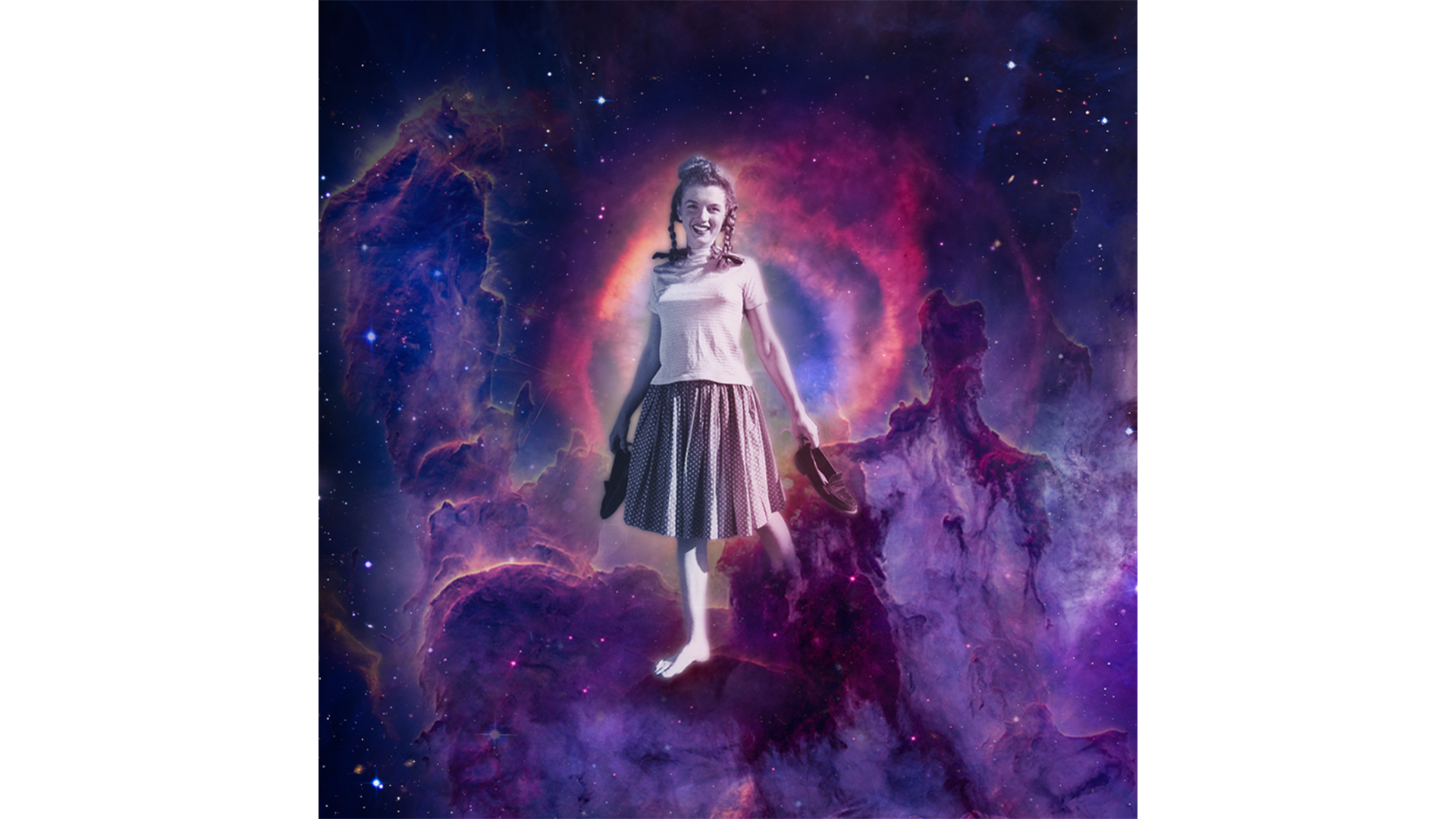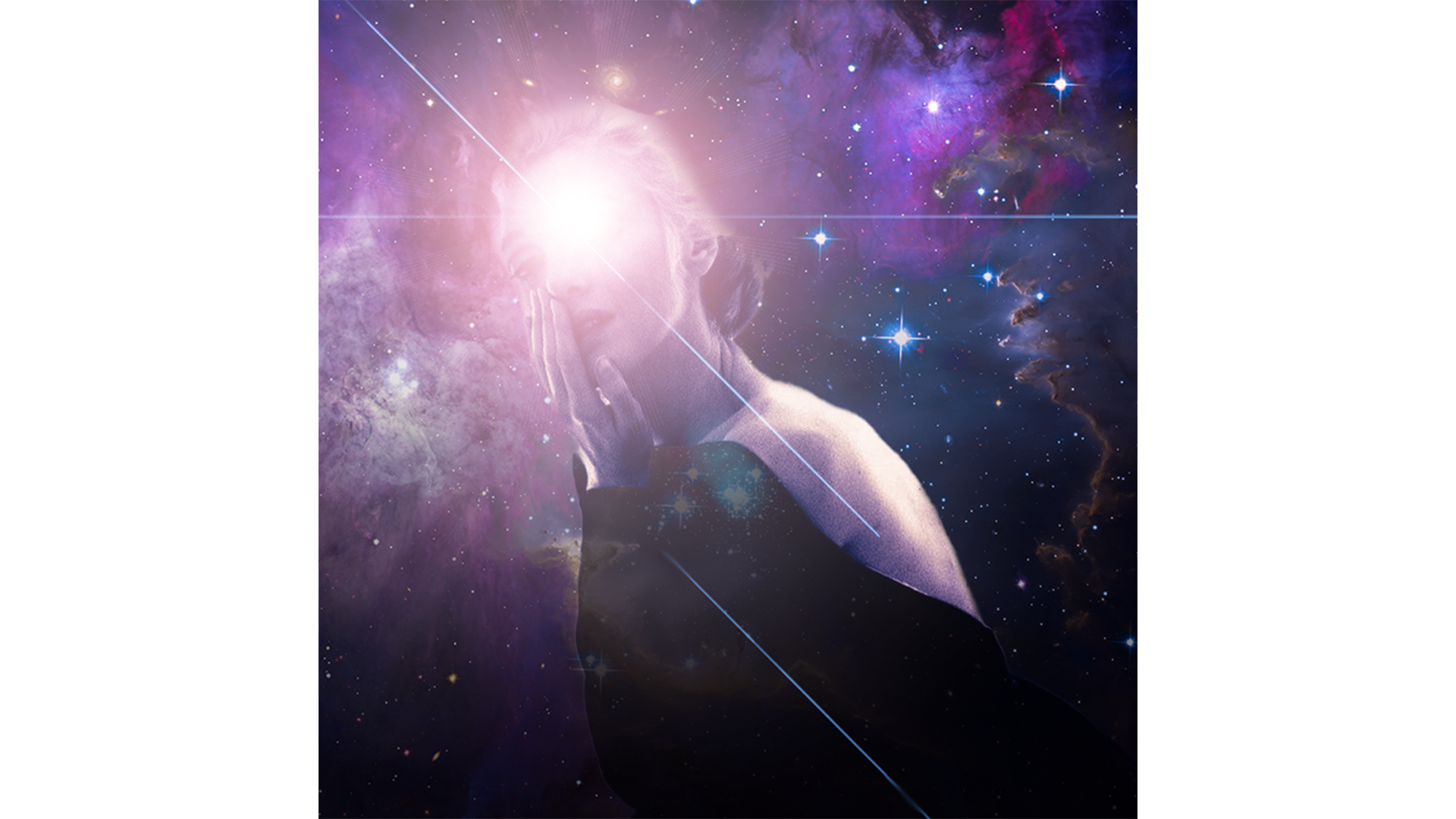MONSTROUS WOMEN
In many classical myths from all around the world, an unnerving amount of villainous creatures are female or otherwise coded as women. These women are often depicted as monstrous hybrids; Ancient Greek Sirens are half-bird and lead men to their death with their alluring song, the Japanese Jorōgumo is a murderous snake that can shapeshift into a beautiful woman, and the Sphinx devours anyone who cannot answer her riddles.
Monsters indicate what is unacceptable in a society and what values are to be upheld. Women who demand too much are harpies and women who are too ugly are Medusa. If a woman is expected to stay quiet, she is grotesque for speaking up.
Women have been monsters throughout centuries’ worth of stories, across a multitude of cultures. These stories are a way to encode expectations and pass them on to the next generation, our children. A woman's place traditionally must not embrace traits that are heroic in men’s hands and must not aspire past what is allowed. On the contrary, WOMEN SHOULD STAND PROUDLY IN THEIR MONSTROUSNESS.
Monstrous Women is a transmedia project that dissects the lens of misogyny. In this project, Sanchez analyzes historical and myth-like narratives around womanhood, challenges slander with celebration, and finally encourages self-ownership
and pride.
Part I Part II Part III
In many classical myths from all around the world, an unnerving amount of villainous creatures are female or otherwise coded as women. These women are often depicted as monstrous hybrids; Ancient Greek Sirens are half-bird and lead men to their death with their alluring song, the Japanese Jorōgumo is a murderous snake that can shapeshift into a beautiful woman, and the Sphinx devours anyone who cannot answer her riddles.
Monsters indicate what is unacceptable in a society and what values are to be upheld. Women who demand too much are harpies and women who are too ugly are Medusa. If a woman is expected to stay quiet, she is grotesque for speaking up.
Women have been monsters throughout centuries’ worth of stories, across a multitude of cultures. These stories are a way to encode expectations and pass them on to the next generation, our children. A woman's place traditionally must not embrace traits that are heroic in men’s hands and must not aspire past what is allowed. On the contrary, WOMEN SHOULD STAND PROUDLY IN THEIR MONSTROUSNESS.
Monstrous Women is a transmedia project that dissects the lens of misogyny. In this project, Sanchez analyzes historical and myth-like narratives around womanhood, challenges slander with celebration, and finally encourages self-ownership
and pride.
Part I Part II Part III
2022
![]()
![]()
![]()
![]()

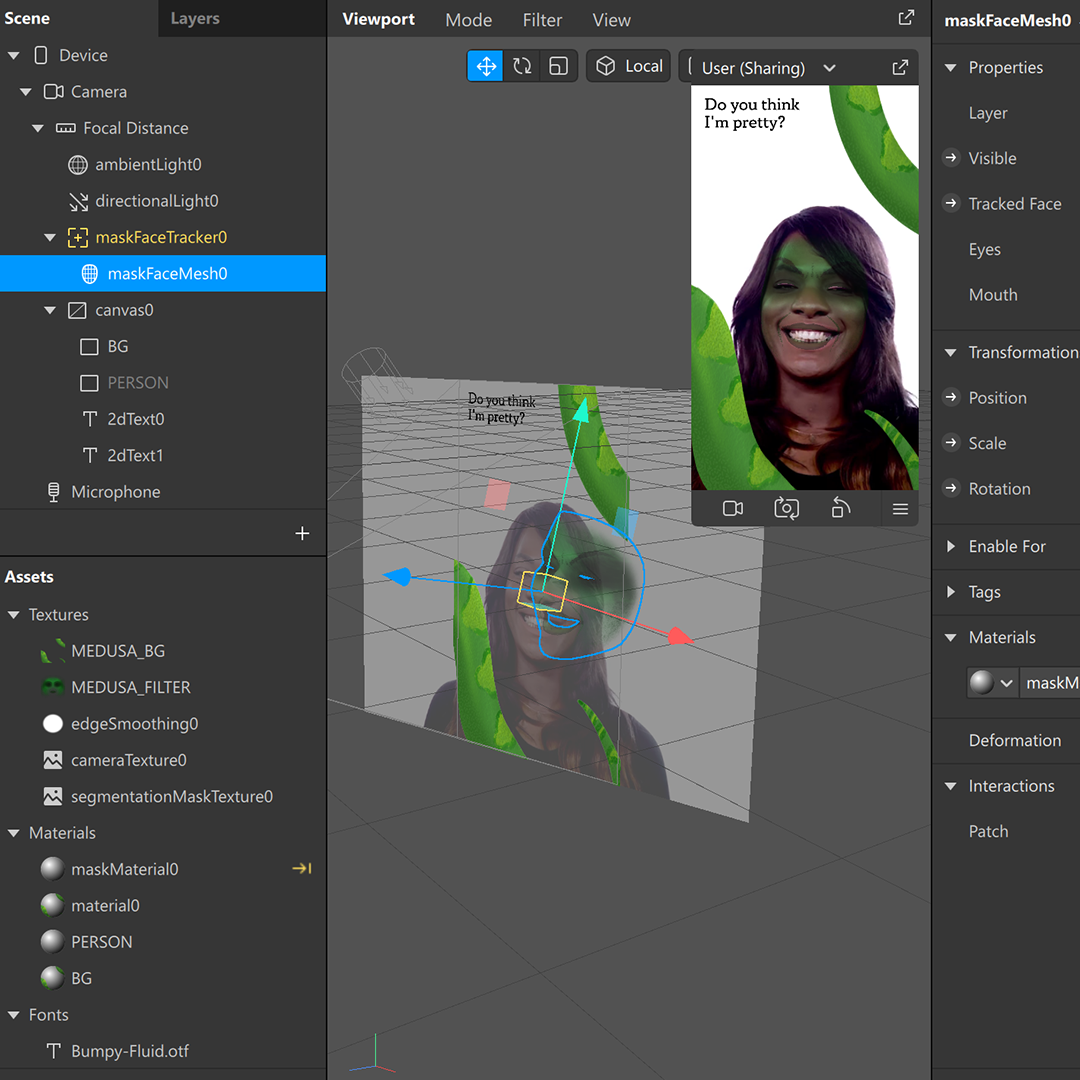
WOMAN/MONSTER
Part I of Monstrous Women
Woman/Monster is a series of five Venn diagrams that overlap the qualities of an average woman and a classical monster. Historically, women have been taught to be ashamed of their naturally occurring features; hairy legs, messy hair, yellow teeth. Embracing these features makes them threatening to the patriarchal paradigm. Monsters represent what humanity is afraid of, and these diagrams show how easy it is to
become a monster.
Part I of Monstrous Women
Woman/Monster is a series of five Venn diagrams that overlap the qualities of an average woman and a classical monster. Historically, women have been taught to be ashamed of their naturally occurring features; hairy legs, messy hair, yellow teeth. Embracing these features makes them threatening to the patriarchal paradigm. Monsters represent what humanity is afraid of, and these diagrams show how easy it is to
become a monster.
2022
![]()
![]()
![]()
![]()
![]()
![]()
![]()
MANIC MONSTER DREAM GIRL
Part II of Monstrous Women
Manic Monster Dream Girl is a series of three digital face filters, displayed on the iPad. With the rise of social media, face filters have become a way for people to ‘beautify’ themselves. Instead of beautifying, the MMDG filters operate on an ironic level, portraying three female monsters: Medusa, the Sphinx, and the Jorōgumo. These monsters are juxtaposed with questions such as, “Do you think I’m pretty?” and “Do I perplex you?” to further challenge narratives surrounding filters and attractiveness.
Part II of Monstrous Women
Manic Monster Dream Girl is a series of three digital face filters, displayed on the iPad. With the rise of social media, face filters have become a way for people to ‘beautify’ themselves. Instead of beautifying, the MMDG filters operate on an ironic level, portraying three female monsters: Medusa, the Sphinx, and the Jorōgumo. These monsters are juxtaposed with questions such as, “Do you think I’m pretty?” and “Do I perplex you?” to further challenge narratives surrounding filters and attractiveness.
2022
![]()
![]()
![]()
![]()




BE MONSTERS HERE
Part III of Monstrous Women
Be Monsters Here is a risograph printed zine that calls for women to embrace their monstrous features. The zine shows the story of a young woman gleefully and proudly transforming into a gorgon. It features original illustrations by Sanchez, paired with an excerpt from Women and Other Monsters by Jess Zimmerman.
Part III of Monstrous Women
Be Monsters Here is a risograph printed zine that calls for women to embrace their monstrous features. The zine shows the story of a young woman gleefully and proudly transforming into a gorgon. It features original illustrations by Sanchez, paired with an excerpt from Women and Other Monsters by Jess Zimmerman.
2022
![]()
![]()
![]()
![]()
![]()
![]()


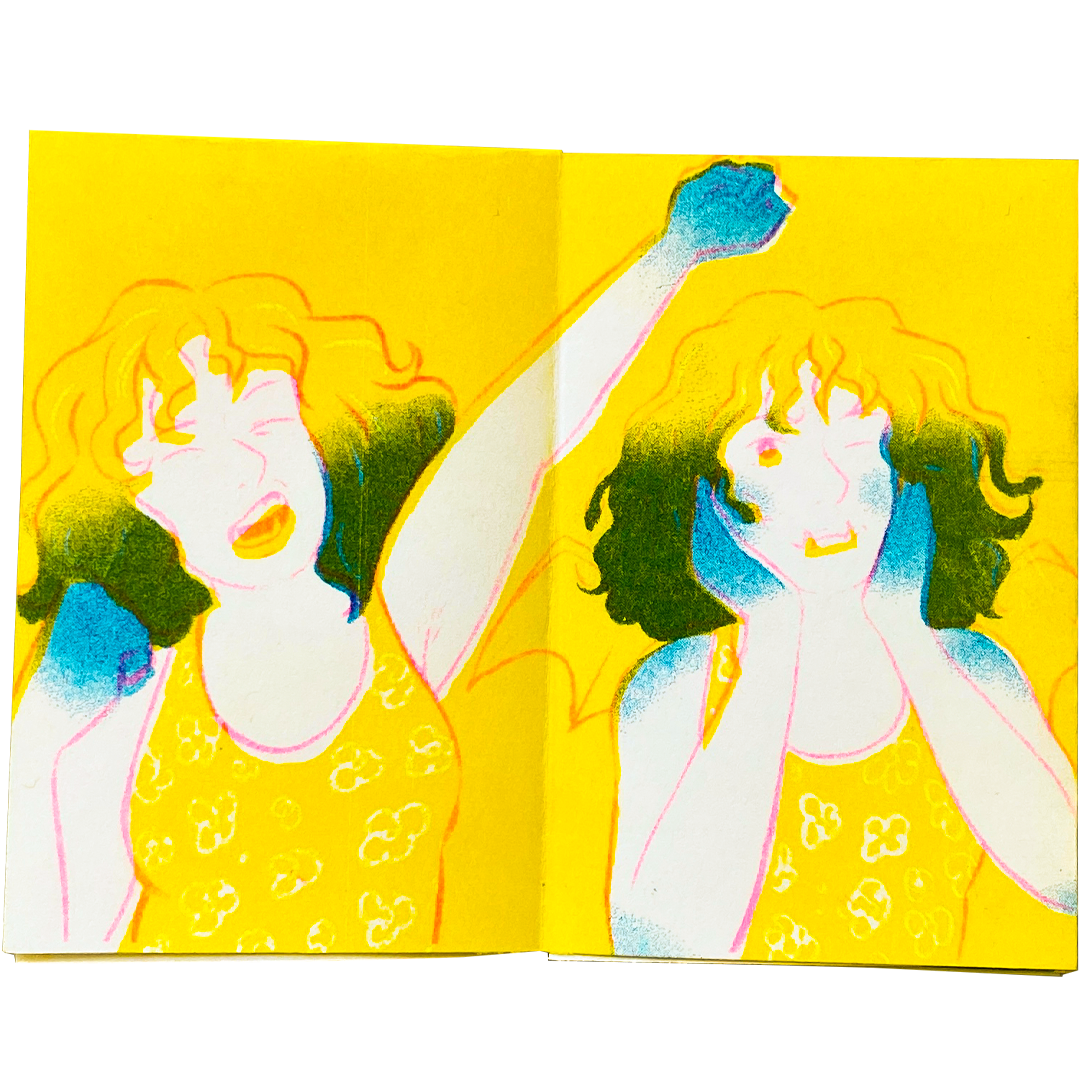


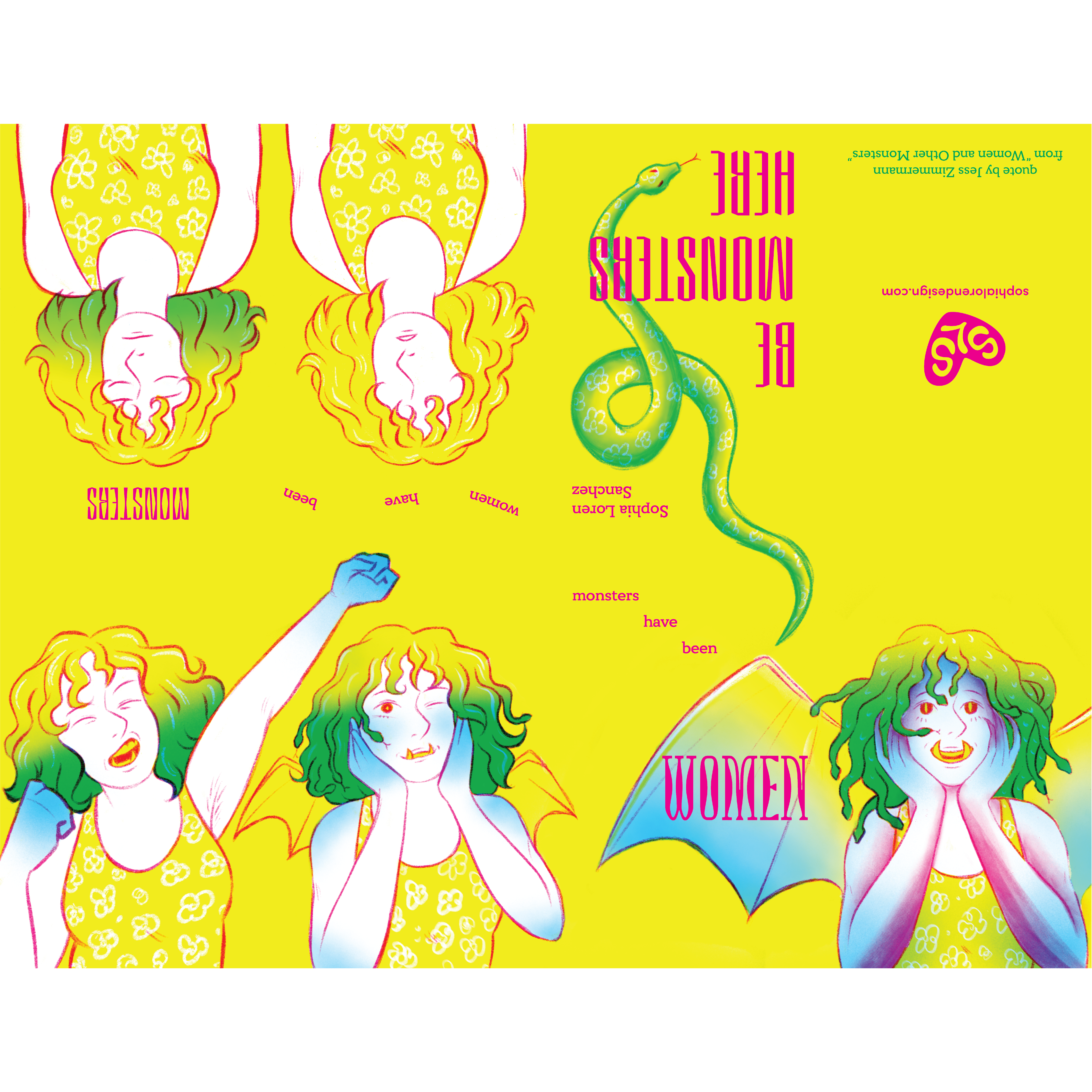
LIFE CYCLE OF A STAR
Inspired by the homonym that is the word ‘star’, this cross-media project compares the life cycle of a celestial star to the career cycle of a celebrity.
I examine this comparison through two narratives: one a glamorization of celebrity culture, and one a critique.
Part one is told through a 4-piece collage series depicting Marilyn Monroe through different stages of her career, and the different stages of a star’s life. Part two is told through a booklet that is evocative of tabloid culture.
Part II
Inspired by the homonym that is the word ‘star’, this cross-media project compares the life cycle of a celestial star to the career cycle of a celebrity.
I examine this comparison through two narratives: one a glamorization of celebrity culture, and one a critique.
Part one is told through a 4-piece collage series depicting Marilyn Monroe through different stages of her career, and the different stages of a star’s life. Part two is told through a booklet that is evocative of tabloid culture.
Part II
2021
![]()
![]()
![]()
![]()
